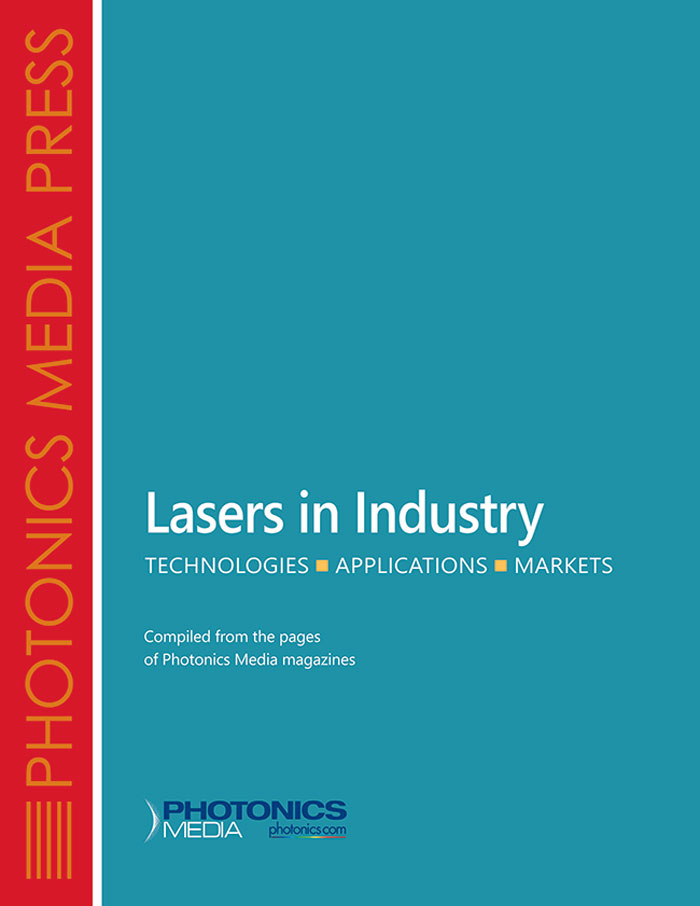| sponsor |
 |
|
Nanophotonic Processor Uses Optics to Speed Deep Learning Computations
Using light instead of electricity to power neural networks could improve the speed and efficiency of certain deep learning computations, especially tasks that involve repeated multiplications of matrices that can be computationally intensive for conventional CPU or GPU chips. While many proposed uses of photonic computers for deep learning have proven impractical, a light-based neural-network system developed by a team at Massachusetts Institute of Technology (MIT) could be useful for deep-learning for some applications.
|
|
|
|
|
|
Novel Photopatterning Approach Builds OLEDs from the Ground Up
A light-mediated methodology for growing patterned, emissive polymer brushes with micron feature resolution could lead to a more efficient, cost-effective method for creating OLED displays. Although many fabrication methods for OLEDs exist, they all have limitations with regard to scalability, pattern control or feature resolution. To photopattern OLEDs more efficiently, emissive polymer brushes were grafted from conductive substrates via photocatalysis.
|
|
|
|
|
|
Multispectral Imaging Reveals Ancient Hebrew Inscription
Multispectral imaging techniques have unearthed an invisible inscription on the back of a pottery shard that has been on display at The Israel Museum for over half a century. The ostracon — ink-inscribed pottery shard — dates back to ca. 600 BCE. The inscription on the front of the shard has been studied by archaeologists and biblical scholars alike, but the back of the pottery was thought to be blank.
|
|
|
|
|
|
Optical Approach Delivers Fast, Scalable Data Transmission
Microresonator soliton frequency combs have been shown to considerably increase the performance of wavelength division multiplexing (WDM) techniques in optical communications. The technology could be used to develop efficient, highly scalable communication systems.
|
|
|
|
|
|
Laser-Induced Graphene Inhibits Biofouling, Kills Bacteria
Laser-induced graphene (LIG) has been shown to be effective in resisting biofouling (the buildup of biological material on wet surfaces) and, when used as electrodes with a small applied voltage, in destroying bacteria. The antibiofilm activity of LIG surfaces and electrodes could lead to efficient protection of surfaces that are susceptible to biofouling in environmental applications.
|
|
|
|
|
|
Lunar Orbiter Camera on NASA Flight Survives Meteor Hit Read Article
Ultrathin Hologram Could Enable Integration of Holography Into Smartphones, Everyday Devices Read Article
Alluxa to Double Production Capacity in Expansion Read Article
AI Analyzes Images Taken Under Severe Conditions, Increases Clarity Read Article
Metamaterial-Enhanced Imaging Technique Could Reduce Acquisition Time Read Article
|
|
|
|
 Lasers in Industry
Lasers in Industry
Photonics Media
Photonics Media has gathered articles and other valuable resources into a guide to the current use of lasers in industry, a reference tool and a resource for learning. This book is for anyone working on, implementing or considering the application of lasers for and in industrial settings for materials processing, quality control and production.
Visit Website
Request Info
|
|
|
|
|
CLEO/Europe-EQEC 2017
June 25-29, 2017 - ICM Centre of the New Munich Trade Fair Centre - Munich Germany
The European Conference on Lasers and Electro-Optics and the European Quantum Electronics Conference (CLEO®/Europe-EQEC) is the largest, most comprehensive and prestigious gathering of optics and photonics researchers and engineers organized in Europe in 2017. The entire range of optical technologies – from components to complete systems – will be presented in a unique combination of research, innovative solutions and industrial applications. Sectors that will be covered include: Lasers and optoelectronics; Optics; Manufacturing technology for optics; Sensors, test and measurement and optical measurement systems; Imaging; Lasers and laser systems for production engineering; Optical information and communication; Biophotonics and medical engineering; Illumination and energy; Security.
|
|
|
|
Optics-Based Tools for Cancer Care
Tue, Jun 27, 2017 2:00 PM - 3:00 PM EDT
Nirmala (Nimmi) Ramanujam, Ph.D., will speak on optical tools and techniques she is developing for cancer screening in resource-limited settings. Professor Ramanujam is leading a multi-disciplinary effort to translate these technologies to clinical applications in the breast and cervix. In addition to her academic efforts, professor Ramanujam has spun out a company, Zenalux, to commercialize several of the technologies developed in her lab and is developing and creating the processes to move technologies further down the commercialization pipeline within Duke. Ramanujam is Robert W. Carr Jr. professor of Biomedical Engineering, professor in Pharmacology & Cancer Biology and Global Health, and founding director of the Global Women’s Health Technologies at Duke University.
|
|
|
|
 |
|
|
|

CALL FOR ARTICLES!
Photonics Media is currently seeking technical feature articles on a variety of topics for publication in our magazines (Photonics Spectra, Industrial Photonics, BioPhotonics and EuroPhotonics). Please submit an informal 100-word abstract to Managing Editor Michael Wheeler at Michael.Wheeler@Photonics.com, or use our online submission form.
|
|
|
|